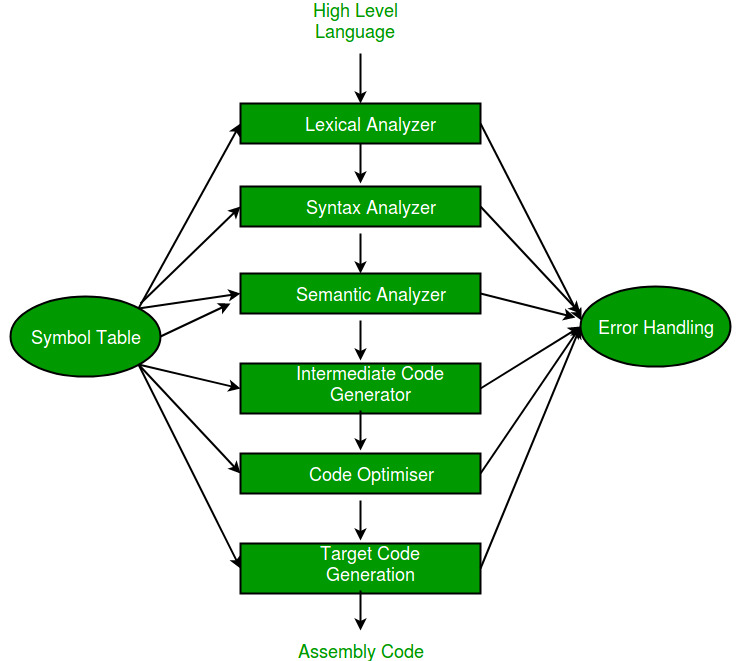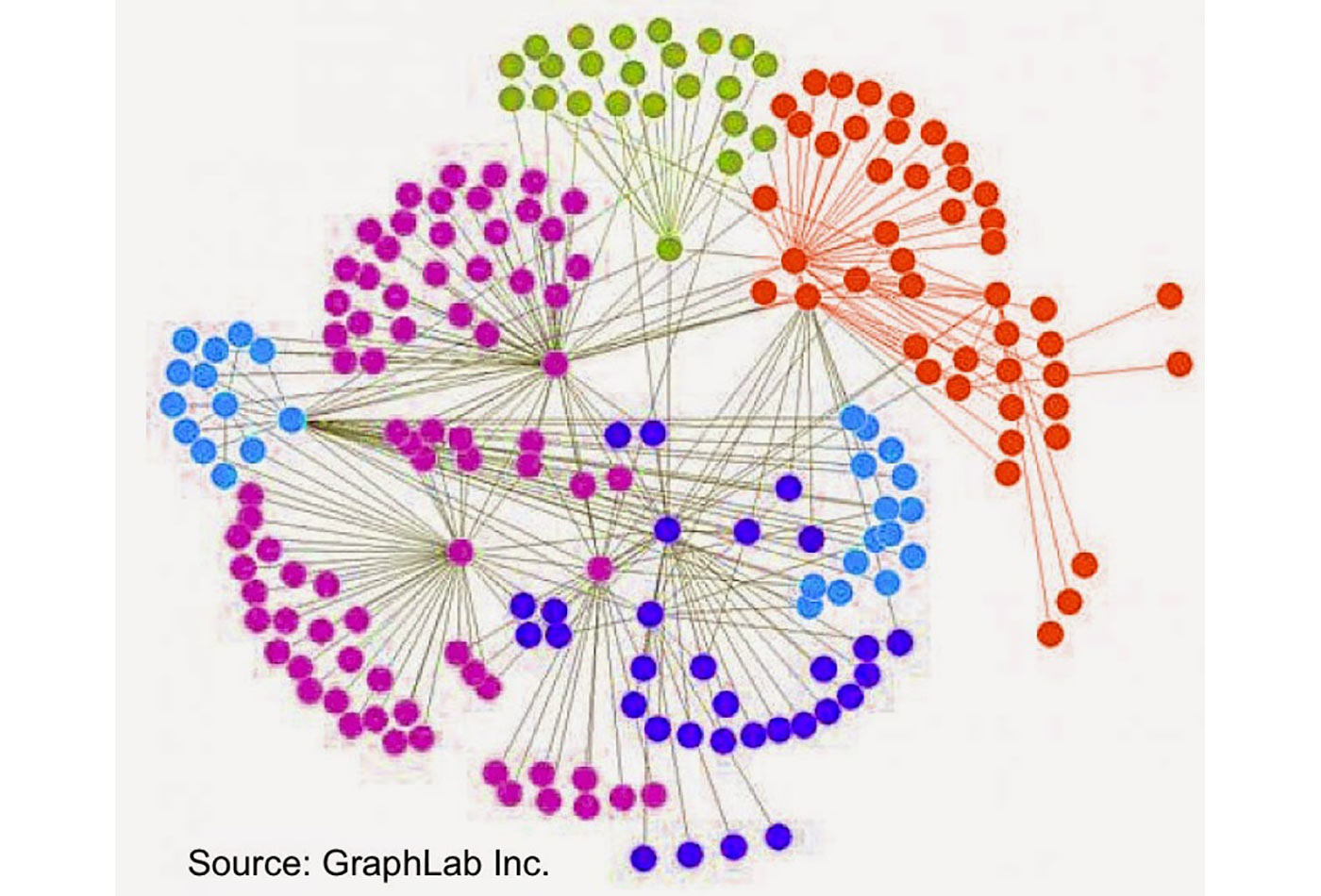
Finch: Revolutionizing Structured Array Programming
The importance of arrays in computer science cannot be overstated. As the foundation of data structures, arrays have been a cornerstone of programming since the inception of Fortran in 1957. Their simplicity and versatility have made them a staple in languages like Python, providing a straightforward means of organizing data in multidimensional grids.
However, dense arrays are not without their limitations. They often struggle to encapsulate the complexity of real-world data scenarios, which can range from sparse arrays to run-length encoded formats. This is where Finch, a new programming language, comes in.
 Finch aims to bridge the gap between flexible control flow and diverse data structures.
Finch aims to bridge the gap between flexible control flow and diverse data structures.
Developed by a research team from MIT, Finch is designed to provide a unified framework for optimizing both control flow and data structures. Unlike previous systems that tightly couple control flow with specific data structures, Finch enables co-optimization of both aspects, enhancing performance and versatility in handling structured arrays.
One of Finch’s key innovations lies in its support for a rich structured array programming language. By offering familiar constructs like for-loops, if-conditions, and early breaks over structured data, Finch elevates the productivity level to that of dense arrays. This allows programmers to work with complex data structures without sacrificing expressive power or efficiency.
 Finch’s compiler architecture enables dynamic adaptation to specific data structures.
Finch’s compiler architecture enables dynamic adaptation to specific data structures.
Furthermore, Finch incorporates an automatic specialization mechanism in its compiler, facilitating the optimization of programs to suit specific data structures. This dynamic adaptation enables performance engineers to explore a vast array of algorithms without being hindered by the intricacies of data organization.
The efficacy of Finch has been demonstrated through various case studies spanning different application domains. From classic operations such as Sparse Matrix-Vector Multiplication (SpMV) and Sparse Matrix-Matrix Multiplication (SpGEMM) to more intricate tasks like graph analytics and image processing, Finch showcases notable speedups over existing methodologies while maintaining flexibility and expressiveness.
 Finch’s applications extend to graph analytics and image processing.
Finch’s applications extend to graph analytics and image processing.
In addition to its practical applications, Finch represents a paradigm shift in how programmers approach structured array programming. By providing a comprehensive set of features for manipulating diverse data structures alongside robust control flow constructs, Finch empowers developers to tackle complex computational problems with greater ease and efficiency.
As Finch gains traction and adoption within the programming community, it is poised to revolutionize the landscape of array processing, paving the way for innovative solutions in fields such as machine learning, scientific computing, and image processing. With its emphasis on performance, flexibility, and expressiveness, Finch heralds a new era in structured array programming, promising unprecedented capabilities for tackling the challenges of tomorrow’s data-driven world.
 Finch’s potential applications extend to machine learning and scientific computing.
Finch’s potential applications extend to machine learning and scientific computing.














